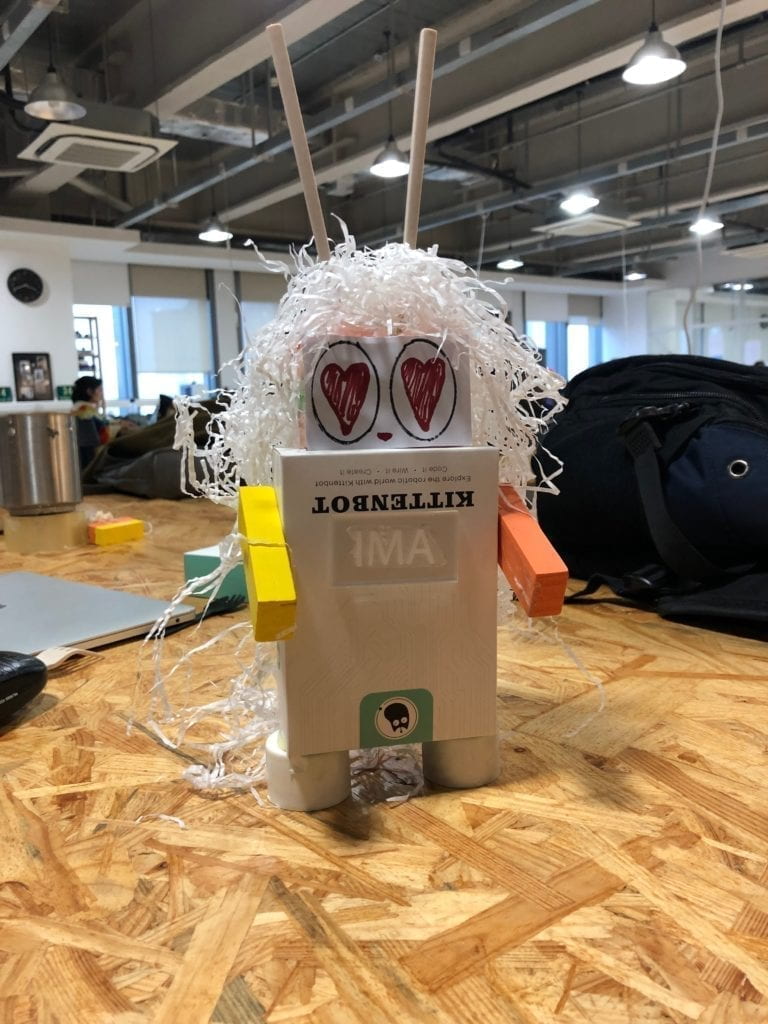Interaction and Research: Prior to the group presentation, we were tasked define “interaction” and identify and research two projects: one which fits our description of interaction, and one that does not. Initially, I viewed interaction as only possible between living things. I never understood exactly what coding can allow us to accomplish. Interaction, as I see currently see it, is a process by which two actors can make decisions based upon what the other is doing or has done. Whether the actors are human, animal, or automated, as long as they are capable of acting, processing, and reacting, interaction is possible.
The two projects I chose were Apex, a newly developed team-based first-person shooter game, and a project known as the “bomb.” The interactive part of Apex lies in its multiplayer features. When one player sees an enemy player, he makes a decision he otherwise would not make: either shoot or run away. If he shoots, the other player then responds by returning fire. The actors are not the in-game models, but rather the real people inputting controls. ‘The bomb’ on the other hand, on the surface seems interactive. It is defined as “an immersive film, music, and art installation that puts viewers at the center of the story of nuclear weapons” (“An Experience”). The project places students on set surrounded by live music and projections meant to elevate the experience and, as some may say, make it interactive.
However, I see “the bomb” more as captivating than having elements of interaction. When taking a closer look, I realized it is simply a project that aims to intensify the importance of nuclear weapons for students by immersing them and giving them a different experience. I do not see much potential for interaction, as the actor-actor relationship is only one way. That is, the simulation/project does not take into account students’ actions and responses, so the show remains the same. Based on my definition, however, Apex contains clear instances of interaction. One could even argue that simply inputting controls is interactive, as the game responds to your actions, and you respond to both visual and audio cues.
Our Project: Our project, the Super-Cup, directly reflects my definition of interaction. Although our group members had different ideas of how “interaction” should be defined, the general idea was the same: we wanted a non-human to respond to a human’s need or desire. The design for Super-Cup specifically would allow the machine to sync with a human and read when he/she is thirsty, and react by fetching the water. Both the human and the robot would be capable of acting, processing, and reacting, which is emblematic of interaction.

Work Cited
“An Experience at the Heart of Nuclear Annihilation.” VICE, 21 Nov. 2017, https://www.vice.com/en_us/article/3kvwaw/an-experience-at-the-heart-of-nuclear- annihilation. Accessed 13 March 2019.